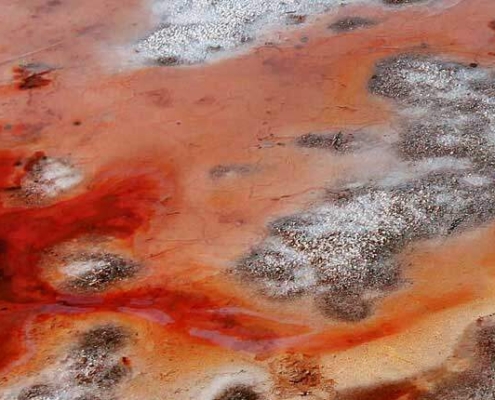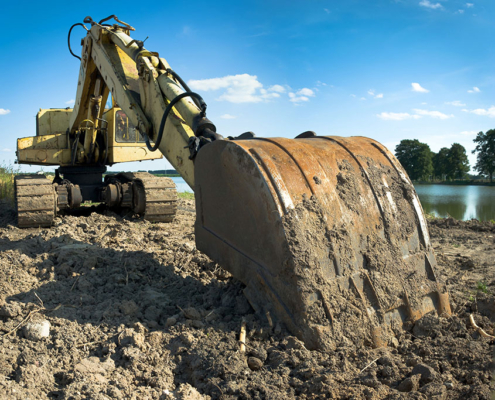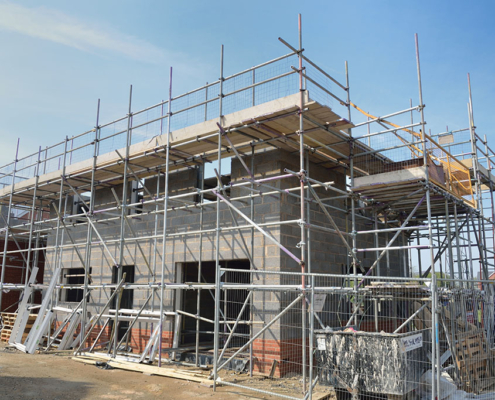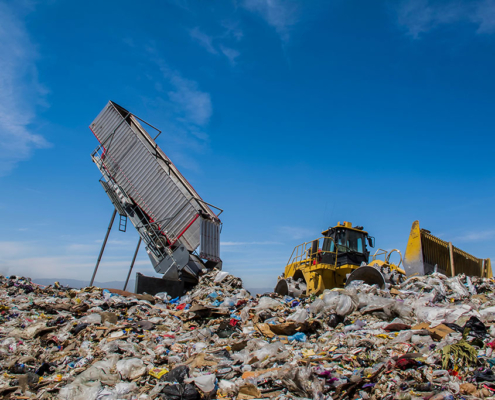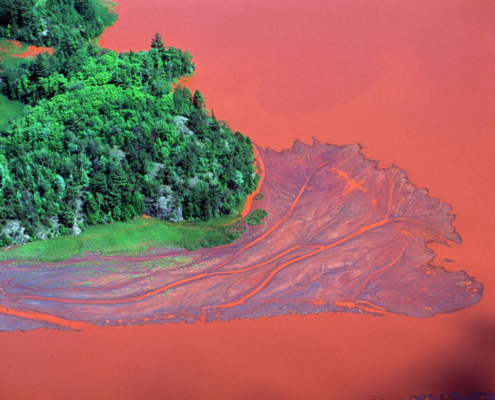Our staff have worked at board level within several consultancy and remediation practices and have advised many house builders, landowners, solicitors, property consultants at any early stage in the site acquisition process on potential liabilities and development constraints.
Several of our staff have been involved in the formulation of guidance on the investigation of contaminated land and have pioneered the use of quantitative risk assessment modelling when most practitioners routinely used generic standards such as ICRCL 59/83, Kellys Tables or early Dutch Intervention values. The use of modern models (such as CLEA, RISC HUMAN, RBCA) within the framework of a source-pathway-receptor pollutant linkage philosophy allows for cost effective and sustainable decisions to be implemented.
The investigation, assessment and remediation of contaminated land requires an understanding of many different specialist disciplines that allow for a comprehensive and pragmatic development to proceed. These disciplines include geology, hydrogeology, toxicology, risk assessment, soil mechanics and of course an appreciation of the limitations of our understanding of the science and empirical modelling behind the derivation of soil guideline values and risk based remedial targets.
As part of our service we regularly liaise with the Environment Agency and Local Authority Contaminated Land Officers to jointly agree upon the site investigation strategy, remedial design and ultimately satisfactory discharge planning conditions.


